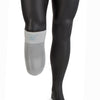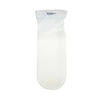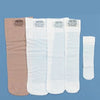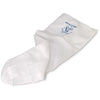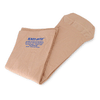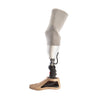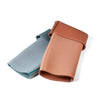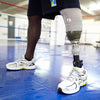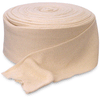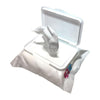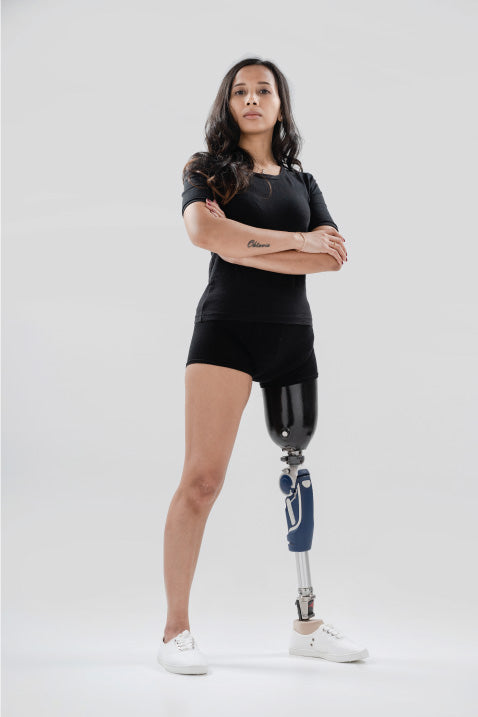Computer Legs - Microprocessor Controlled Knees - Compact, C-Leg, Rheo, Plie
The Fluid Contol Unit
- The microprocessor contains a fluid control unit that provides resistance to both knee flexion (bending) and extension (straightening).
- The onboard computer will influence the fluid within the knee to provide the appropriate resistance to ensure the knee is always in the most safe and stable setting.
- The knee will flex easily for walking on level surfaces and will automatically provide the necessary knee resistance for walking down stairs and slopes.
Microprocessor Stance Controller
- The onboard computer will analyze the forces and stresses applied to the prosthesis during stance phase.
- The computer will determine what the appropriate setting is for the knee and ensure the knee is always in the most stable and secure adjustment.
- The microprocessor stance controller continually programs the knee to ensure the stance fluid controllers are at the optimum and appropriate settings.
Microprocessor Swing Controller
- The onboard computer will analyze stresses and the speed of the swinging knee applied to the prosthesis during swing phase.
- If the wearer is walking fast or running, the knee must swing quickly to ensure it is in the proper position for heel contact; for slower walking, the knee must swing at a lower speed.
- The microprocessor swing controller continually programs the knee to ensure the knee is swinging at the appropriate speed
- The controller will instantaneously adjust the resistance to the knee should the wearer speed up or slow down.
Rechargeable Battery
- The knee contains rechargeable batteries that will last a minimum of 24 hours (some designs can last up to 3 weeks before recharging).
- Before the batteries go dead, the microprocessor will provide an audible warning to let you know it is time to recharge.
- Some microprocessor designs are available with car chargers so you can recharge the knee's batteries in the car on the way to work.
Electronic Force Sensors
- The force sensors analyze the force and stress applied to the prosthesis during stance phase.
- Force sensors continuously compile information and feed data to the onboard computers. This data enables the onboard computers to determine if the wearer is on level surfaces, walking backwards, on slopes, on stairs or uneven terrain or is about to stumble.
Continuous Gait Assessment
- The continuous gait assessment computer is the brains of the microprocessor knee, it monitors and analyzes data at a rate of over 50 times per second.
- This microprocessor directs the swing and stance controllers to make instantaneous adjustments to ensure the knee is always programmed for the optimum stability and function settings.













































